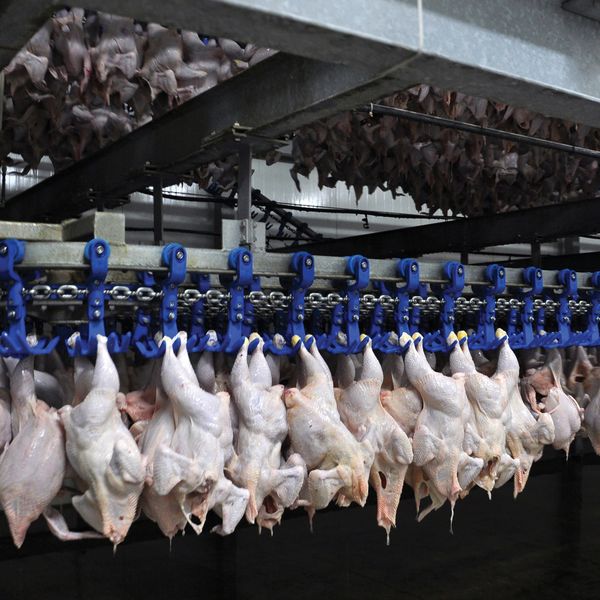Acts of workplace violence can cause injuries or death, and quickly become headline news. The statistics are alarming.
There were 5,190 fatal work injuries recorded in the U.S. in 2021, according to the Bureau of Labor Statistics National Census of Fatal Occupational Injuries report. This is an 8.9 percent increase from 2020.
The report showed that work fatalities classified as “violence and other injuries by persons or animals” increased to 761 deaths in 2021 — up from 705 in 2020. “Intentional injuries by person” — which is the largest subgroup — increased to 718 deaths (10.3 percent) in 2021.
Knowing what signs to watch for and how to respond can help employers maintain a safer, more productive work environment for everyone.
What does OSHA say?
Workplace violence is a major concern for employers and employees nationwide. Although the Occupational Safety and Health Administration (OSHA) has no specific standard on workplace violence, workers have a right to a safe workplace.
Employers must provide a workplace free of known health and safety hazards. Employees with concerns have the right to speak up about them without fear of retaliation.
This is addressed in the OSHA General Duty Clause SEC. 5. (1)29 USC 654 which states:
(a)Each employer shall furnish to each of his employees employment and a place of employment which are free from recognized hazards that are causing or are likely to cause death or serious physical harm to his employees;
Employers risk violating the General Duty Clause if they fail to reduce or eliminate serious recognized hazards. As such, during an investigation, OSHA inspectors would gather evidence to demonstrate whether an employer recognized, either individually or through its industry, the existence of a potential workplace violence hazard affecting employees.
Investigations likely would focus on whether feasible means of preventing or minimizing such hazards were available to employers. Investigators would also look at potential whistleblower retaliation in cases where workers have complained of workplace violence risks or have reported injuries resulting from actual workplace violence.
How to mitigate risk
One key to mitigating the risk of workplace violence is to identify and deal with potential problems before they get out of hand. Although many threats don’t lead to violence, in almost every incident that takes place, a violent employee exhibits warning signs, or even tells people, like other coworkers or friends, what they’re going to do.
There are generally several contributing factors. Workplace violence can be a result of personal issues such as financial, legal, or marital problems; drug or alcohol abuse; or mental or physical ailments. Or it could be caused by work-related factors like job loss, real (or perceived) unequal or unfair treatment, or harassment by coworkers.
Whatever the cause, when workplace violence happens, it is very real and very dangerous. It affects organizations of every size and type. And when it occurs, the repercussions can be severe.
What are some warning signs?
Sometimes situations escalate from bullying to violence. But what precipitates acts of violence? Are there ways to stop something before it starts? Here are some of the key warning signs that could help alert employers to a potential problem:
- A good employee suddenly becomes a problem employee.
- An employee becomes increasingly frustrated, starts lashing out, or picks fights with coworkers.
- An obsession with weapons.
- Direct or implied threats.
- A recent decline in health or hygiene.
- Signs of alcohol or drug abuse.
- Intimidating or bullying of coworkers.
- Recent financial, marital, or legal issues.
May an employer send an employee for evaluation and treatment?
Under the Americans with Disabilities Act (ADA), employers may make an employee undergo medical inquiries or require medical exams if they have a reasonable belief, based on objective evidence, that a particular employee is unable to perform the job’s essential functions because of a medical condition, or will pose a direct threat because of a medical condition.
The ADA does not prevent employers from having workplace conduct rules, and some conduct rules — such as prohibiting violence or threats of violence — may always be enforced, no matter what an employee’s disability or limitations are and no matter what job or work environment the employee is in.
Employers should document what objective evidence they have or witness as a basis of such an inquiry or medical exam.
Key to remember: Knowing what signs to watch for and how to respond can help employers maintain a safer, more productive work environment for everyone.

































































